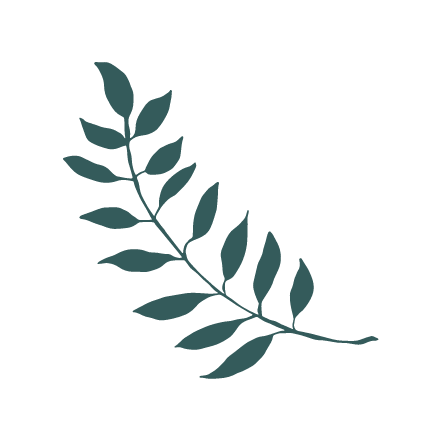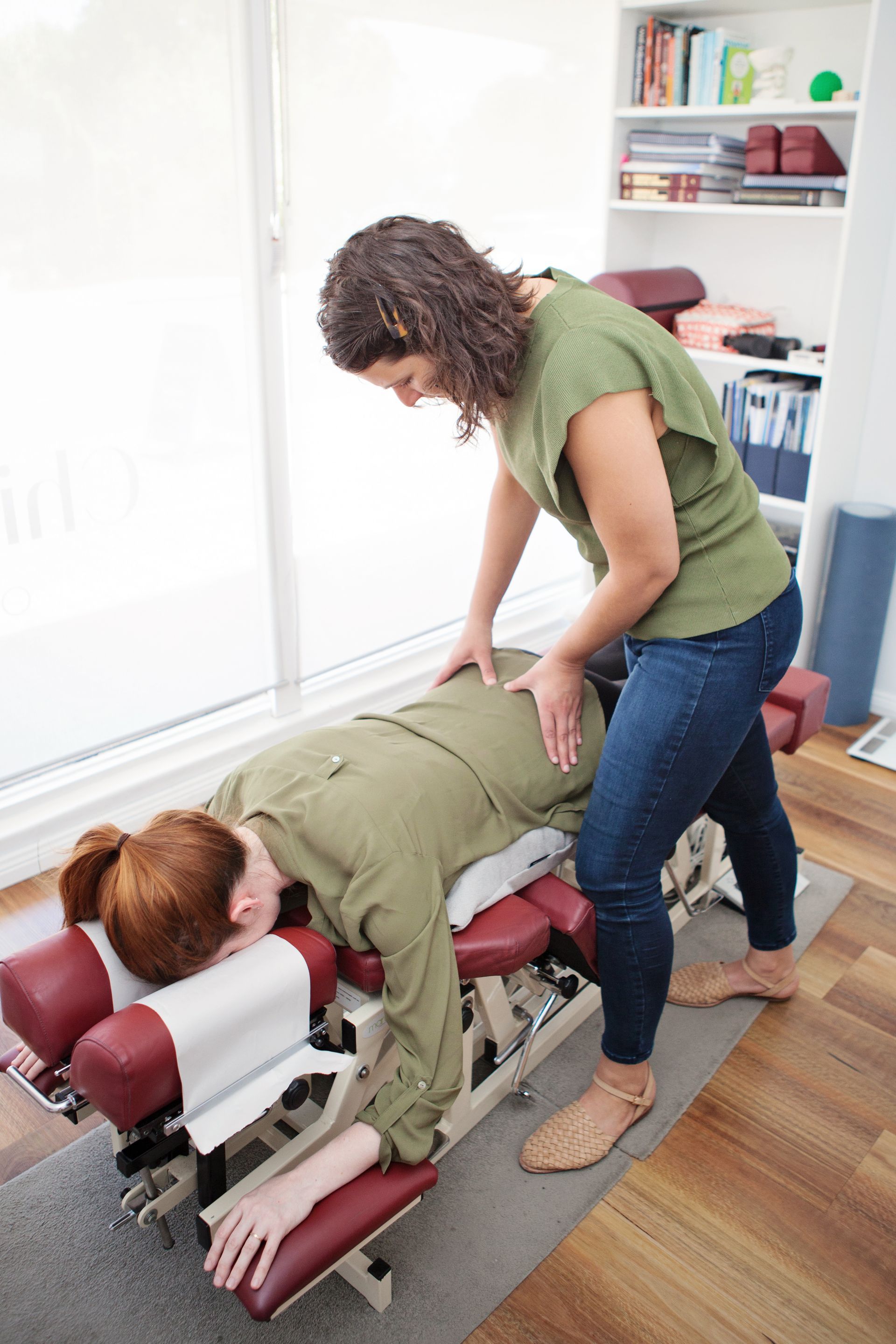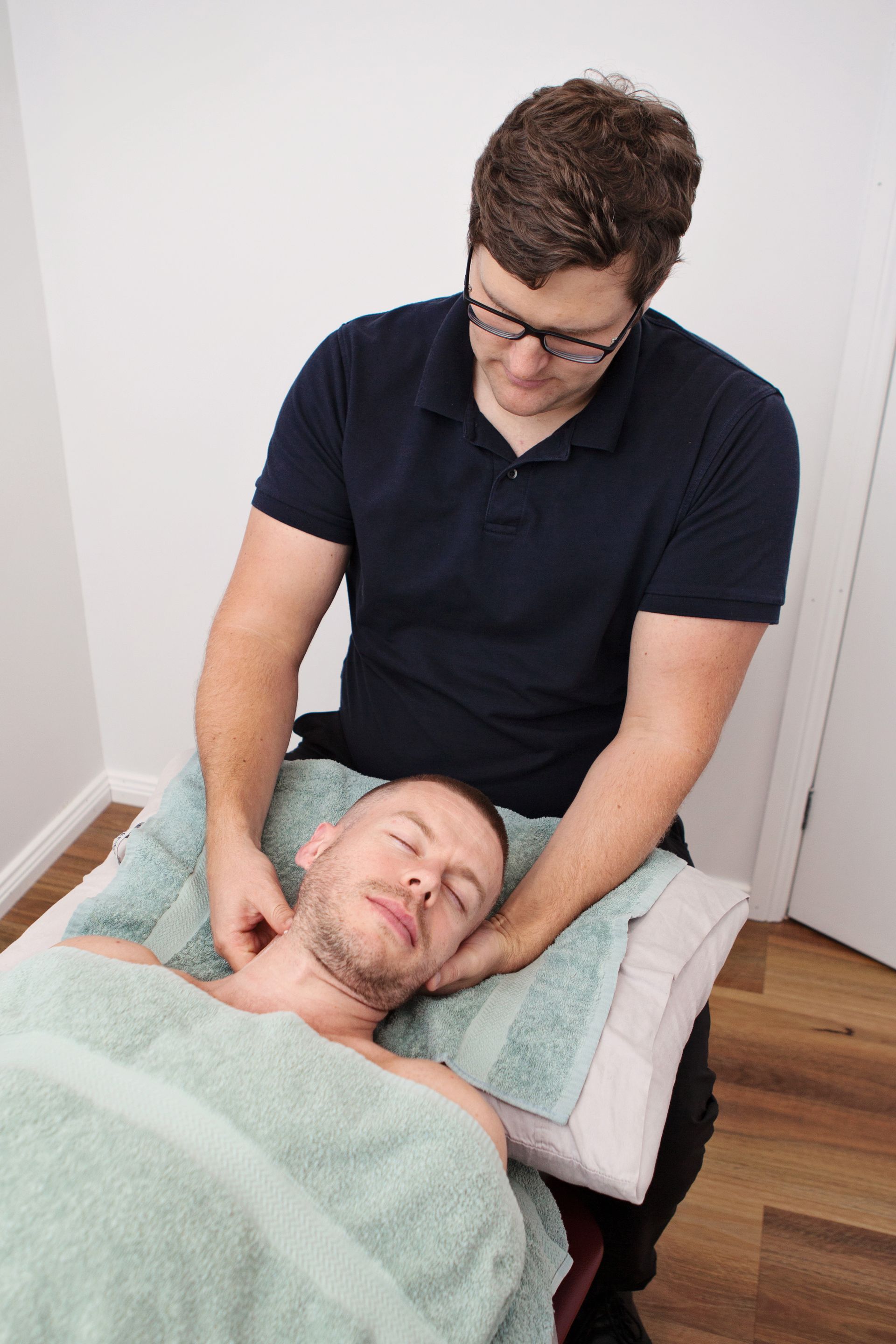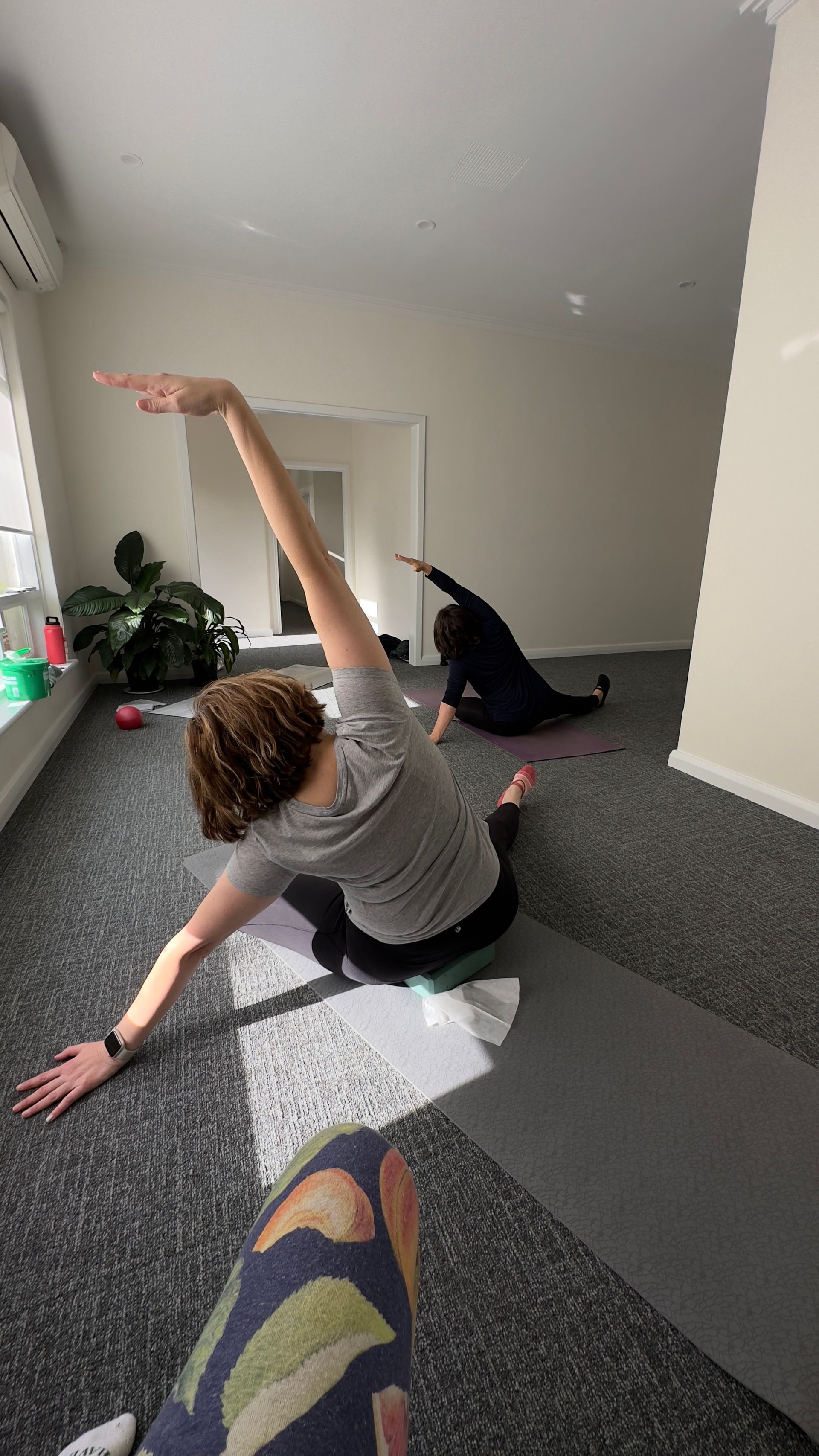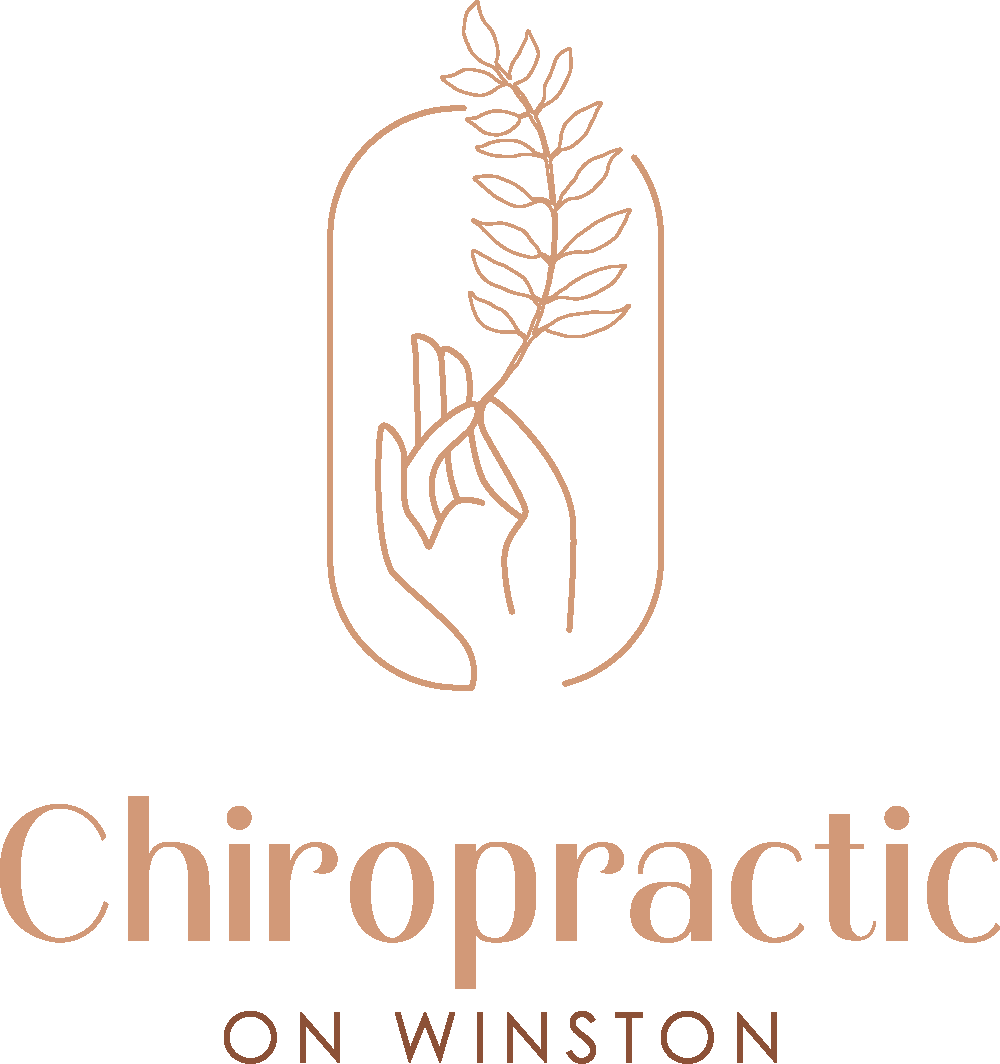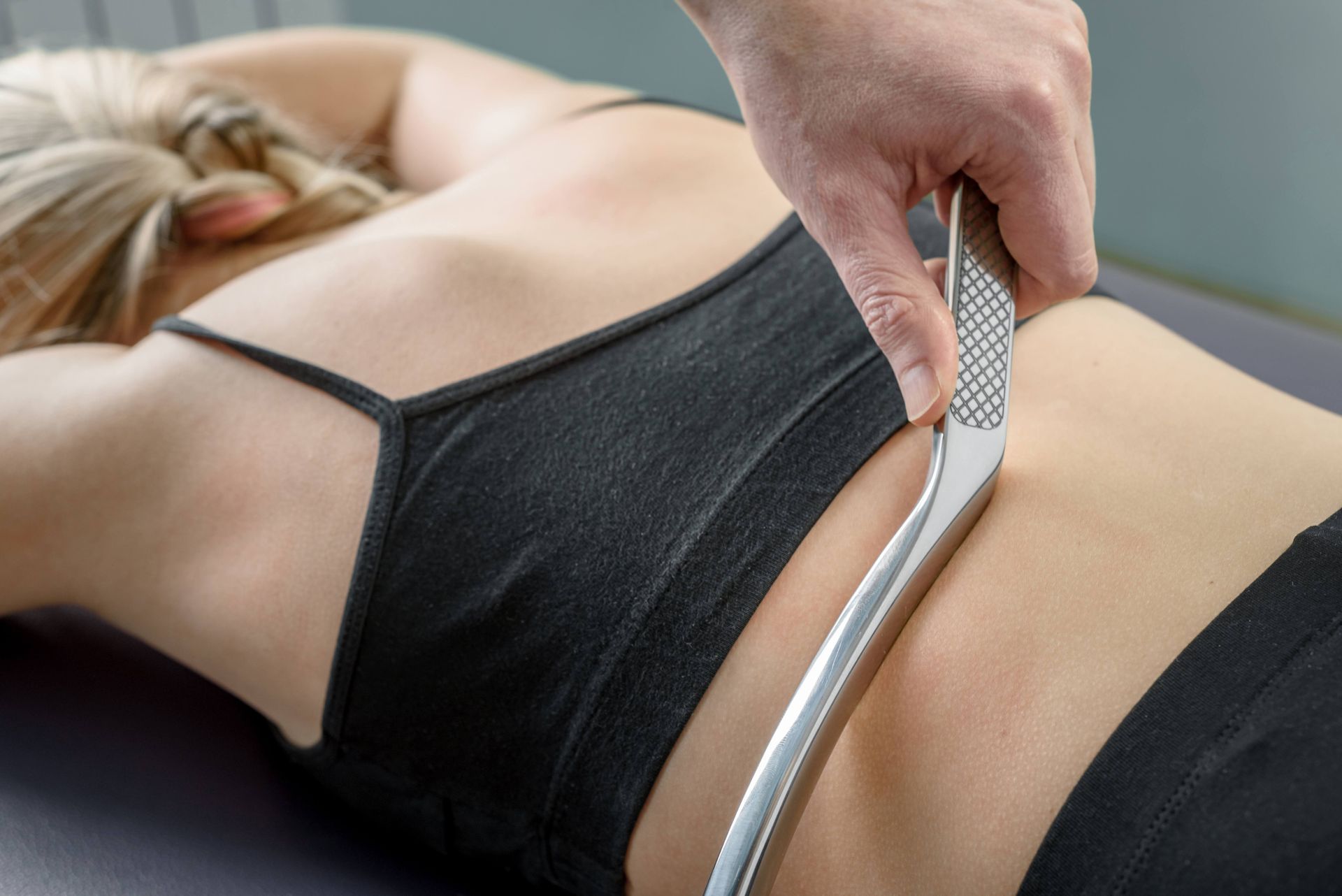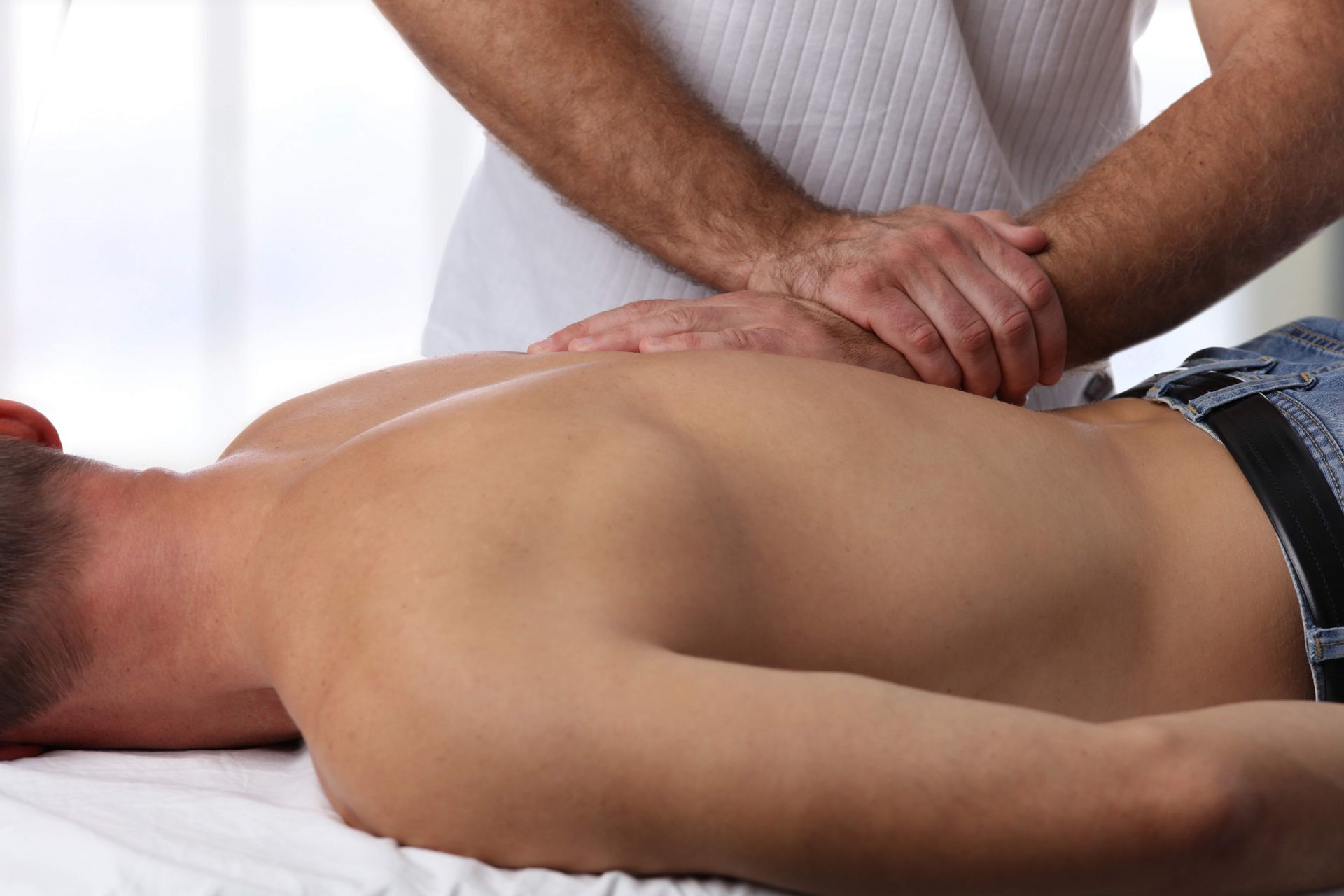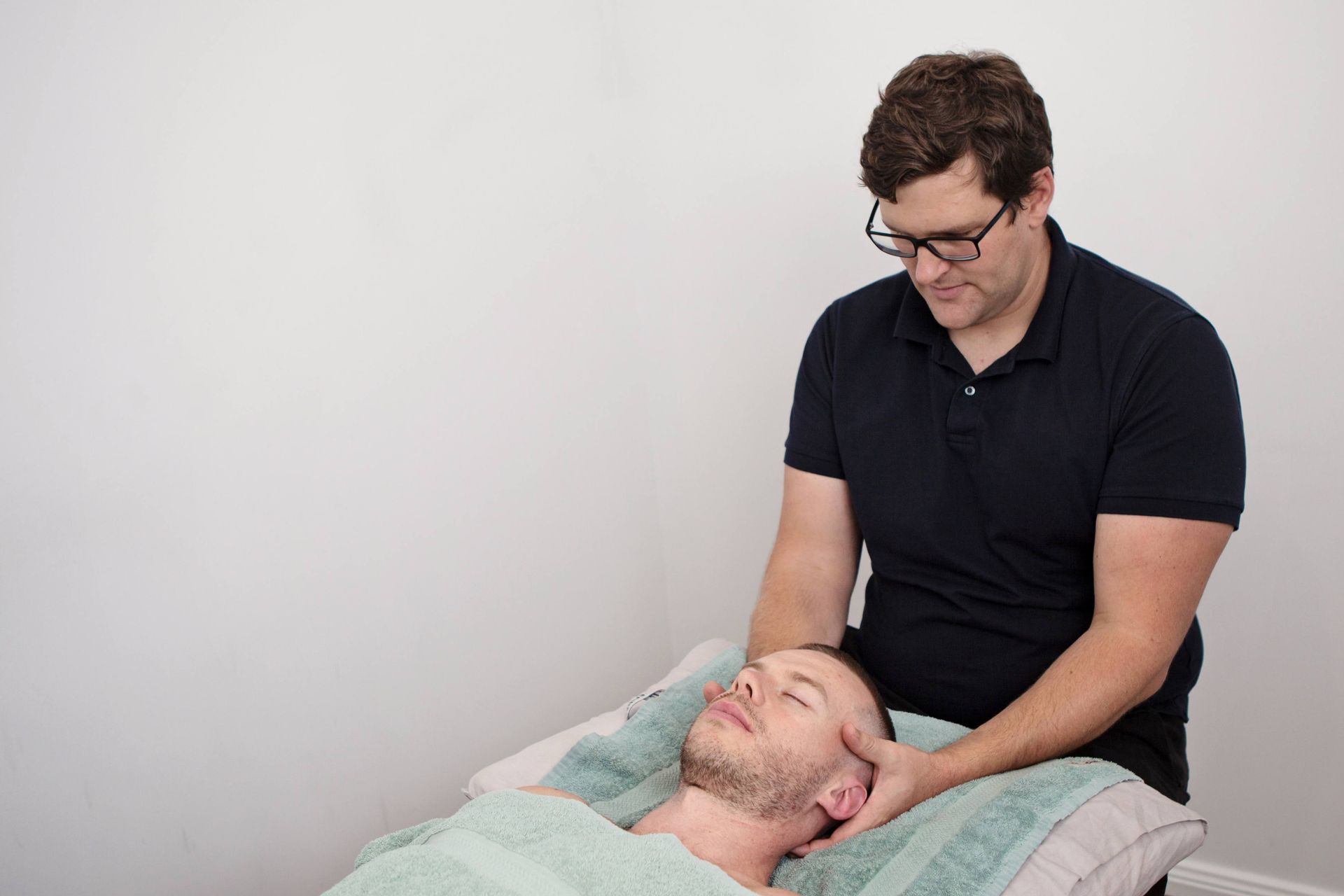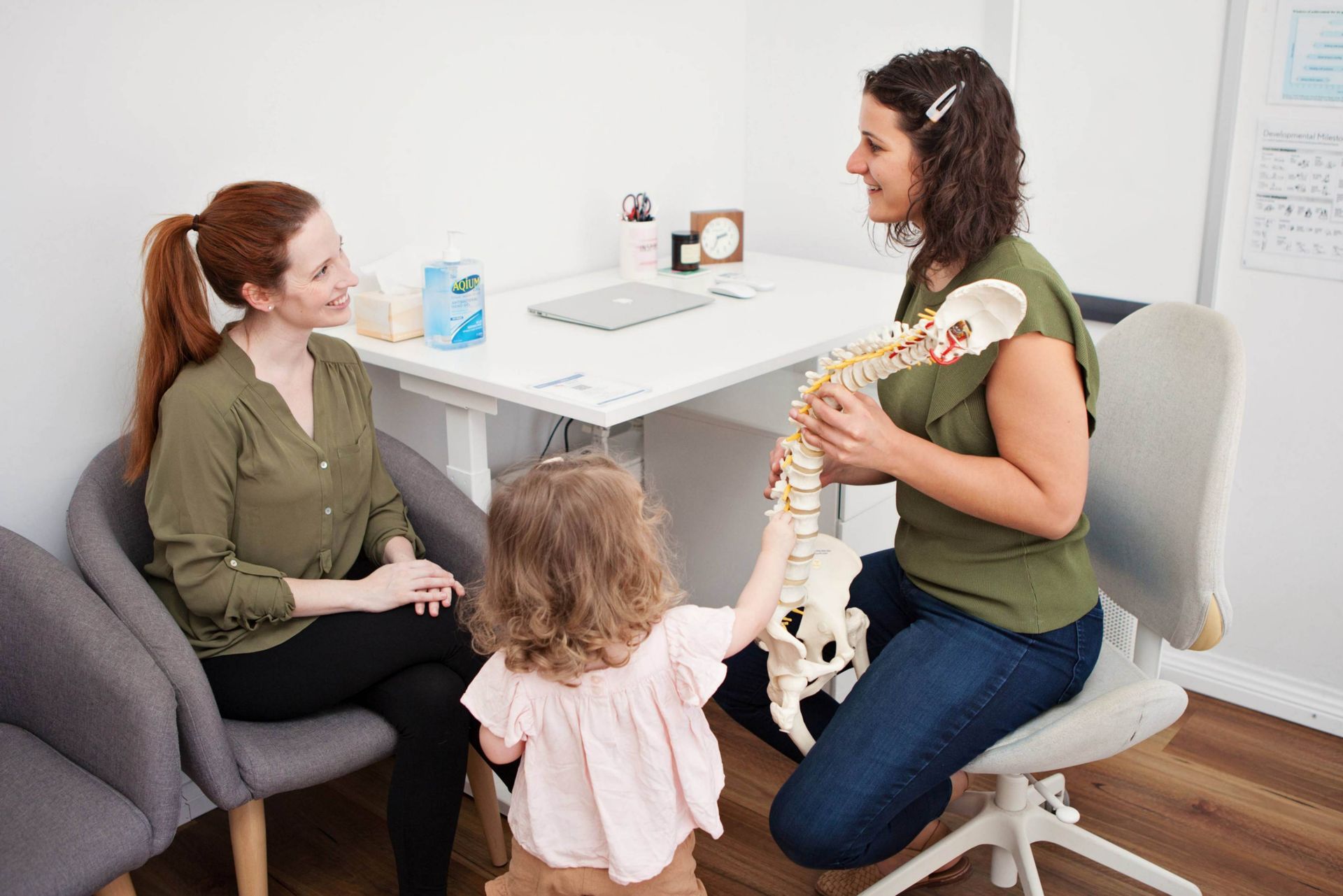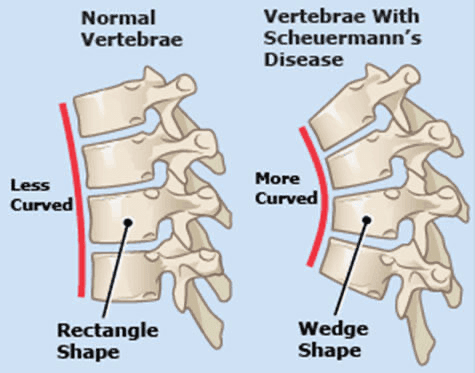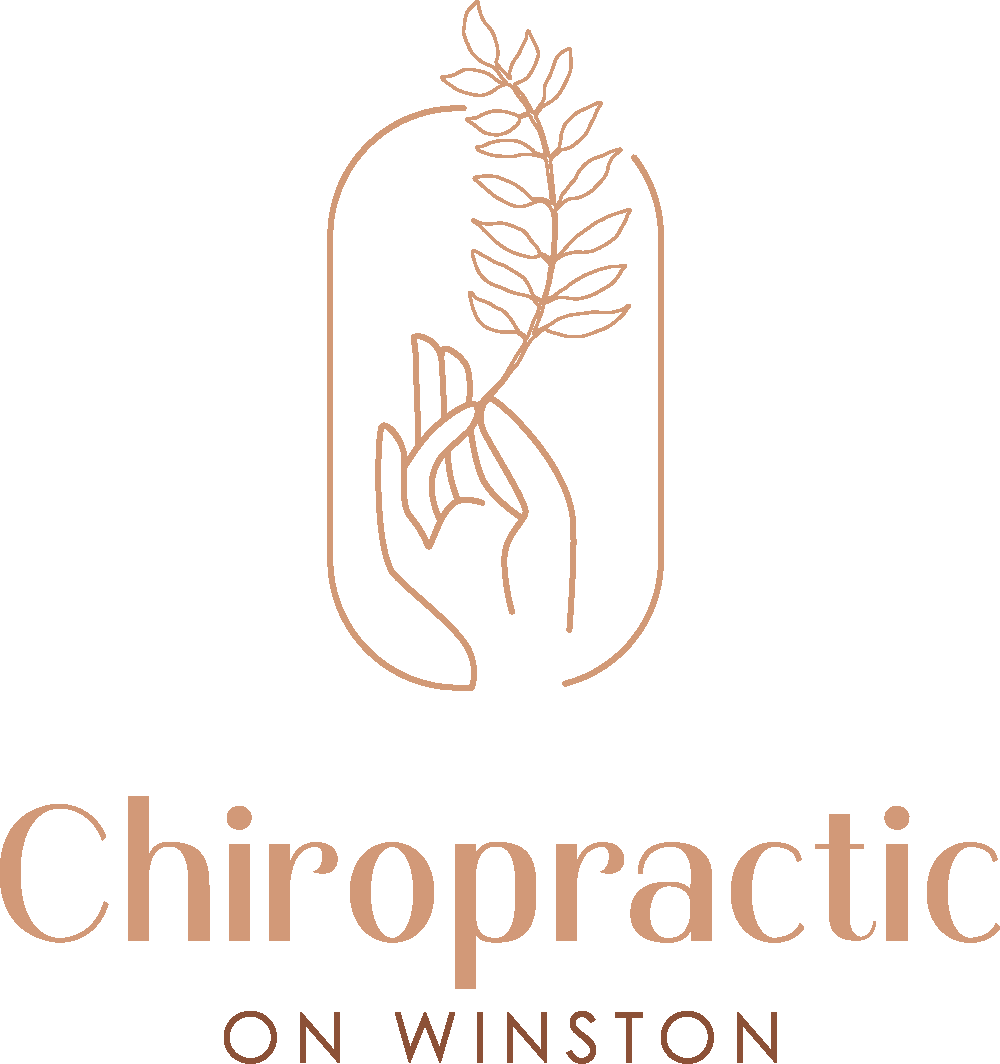Understanding Plagiocephaly: What You Need to Know About Flat Head Syndrome
Flat Head Syndrome - Plagiocephaly Adelaide
You’ve probably heard the term “flat-head” before, but do you know what it really means?
The term “flat-head” is known as a plagiocephaly. (Yes, we know that is a bit of a mouth full to pronounce, ‘play-geo-kefaly’, but we can call it ‘plagio’ for short). It can often be an overwhelming diagnosis to receive for your child; which is why in this blog we wanted to break it down to help you understand it a little bit better.
Plagiocephaly is a common occurrence and is something that paediatric trained Chiropractors are great at treating and managing. Plagiocephaly became a “big thing” in the 1990’s when the Back to Sleep campaign was initiated. The Back To Sleep campaign was initiated as a way to prevent Sudden Infant Death Syndrome (SIDs), however as a repercussion of this, flat heads started to develop.
It’s important to understand that plagiocephaly is divided into two separate categories:
- Synostotic – this is due to a positional preference, i.e., when your head is stuck facing one way or due to
- Cranio-synostosis- which is a premature fusion of the skull bones
It’s important that plagiocephaly is classified into either category as it can change the trajectory and management. A trained paediatric chiropractor, which we are here at Chiropractic On Winston, will be able to assess this for you.
Some signs of plagiocephaly that you may see include the following:
- Flat back of the head.
- Changes to your child’s face, specifically the eyes.
- You may notice your child’s ears aren’t level or straight.
- You may notice your child has a preferred side to look at.
It’s hard to know why your child may develop plagiocephaly, but some reasons can include:
- Baby’s position during pregnancy (in utero);
- Birth delivery, especially when forceps or a ventouse extraction is used; &
- Postpartum – we commonly see this with how a baby holds themselves under gravity.
And often, genetics is a major contributor to the development of craniosynostosis.
So what’s the big deal, won’t my child just grow out of it?
There is a belief that your child will grow out of this, however, often this is not the case and it’s important to address plagiocephaly early due to long term changes, including:
- Cosmetic changes – could lead to bullying and self confidence issues;
- Compensatory changes elsewhere in the body; &
- Its link to developmental delay – often in gross motor and language development.
How can Chiropractic treatment help?
Firstly, chiropractors are able to diagnose whether your child has plagiocephaly or not. This is done with careful examination of your child’s face and skull, which is why it’s important to see a trained Paediatric Chiropractor. Measurements of your child’s head and a plagiocephaly index score will be taken to help us identify the severity of your child’s flat head.
Often with plagiocephaly, there is restriction in the upper neck and shoulders. Compensations can be noticed throughout the body, especially around the sacrum/tailbone, which is why a thorough examination of “head to toe” is important.
Chiropractors will perform specific treatments to help with proper joint motion with specialised tools that are safe for children. Homework exercises can also be prescribed, including: Tummy Time, simple neck stretches and specific neurological exercises for your baby.
So what can you do at home?
Watch your baby – do they favour a side? If they do, try to position them to the other side with gentle movements. You could think about trying to use a toy to encourage them to turn their head to the other side.
Tummy time, tummy time, tummy time! I can’t stress this enough!
Read more about it on our blog or join one of our tummy time workshops!
Gentle Stretching Techniques – it is best if you have a health care practitioner, like our paediatric-trained chiropractors, show this to you.
And of course if you are concerned, the best thing to do is to have it assessed by one of our paediatric-qualified chiropractors here at Chiropractic On Winston.
When managing a plagiocephaly, it is better to bring your child in at a younger age rather than when they are older, as the skull has likely begun to fuse, which we noticed by the fusion of the anterior fontanelle, and less changes can happen.
So, our best advice is if you notice any changes to the shape of your child’s face, shape of their skull, they are exhibiting behaviours of preference, or even if you’re not sure whether or not your child has a plagiocephaly, it’s best to have it checked and assessed.
As always, we’re here to help you and your family be the healthiest you can be!

Monday 9am - 7pm
Tuesday 9am - 6pm
Wednesday 9am - 6pm
Thursday 9am - 6pm
Friday 9am - 6pm
Saturday 9am - 1pm
Sunday Closed
